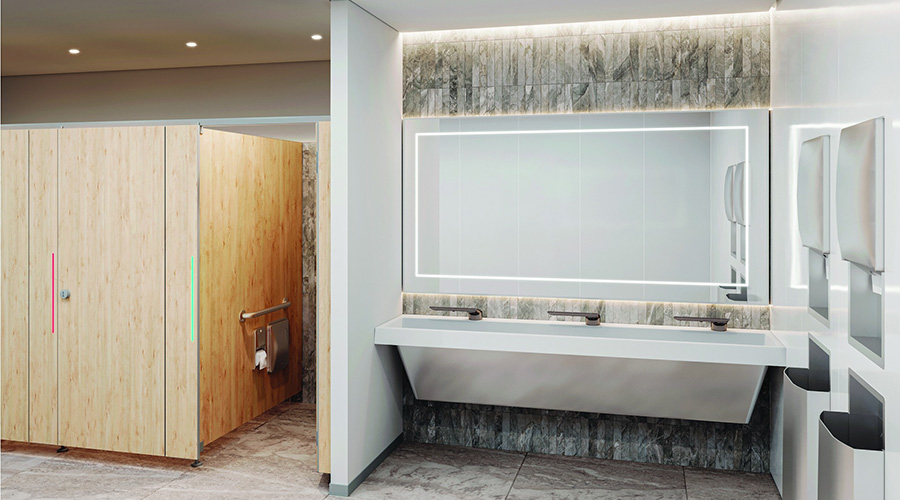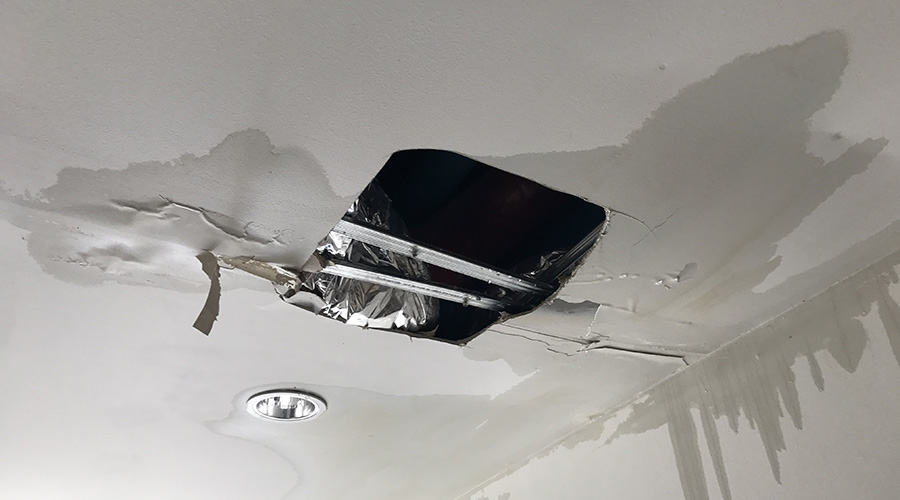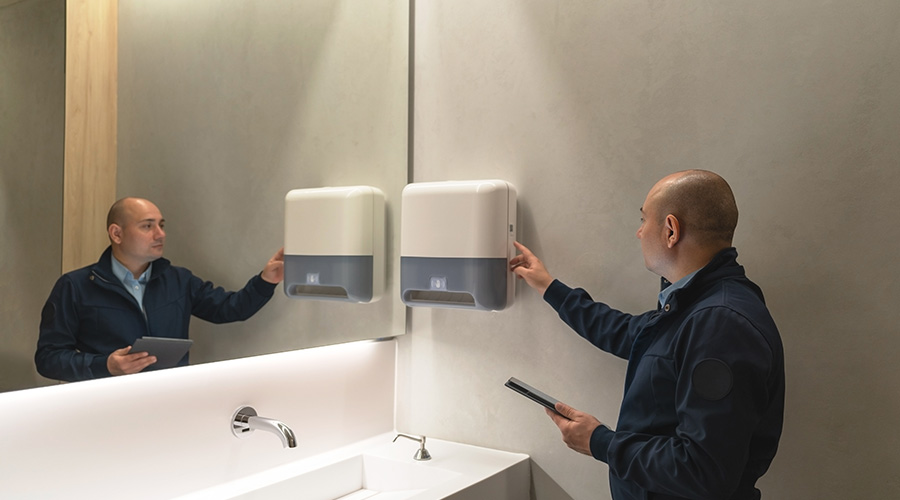Facility Condition Affects Scope of Plumbing Retrofits
Another issue to consider in planning a plumbing retrofit is the overall age of the existing system. Replacing fixtures can damage the infrastructure if the system is extremely old or has not been maintained properly.
One example of this issue involves a building that originally was plumbed with galvanized steel piping, which has corroded to the point of fragility. Every time technicians modify the system — for example, change out restroom or kitchen fixtures — leaks would occur in the lines leading from the fixture back to and down the main water line. In order to properly plan for contingencies, managers must be sure to talk with the building engineer to better understand the condition of the existing infrastructure before the project begins.
One often-overlooked portion of a project is the scheduling of different contractors to work in the building. To avoid scheduling conflicts, managers should conduct pre-construction and construction meetings, in which the involved parties lay out the timelines and construction schedules for all to review. During this meeting, it is important that participants address potential scheduling conflicts to prevent them from occurring.
Hiring a general contractor also might alleviate the stress of coordinating many different contractors, thus allowing the manager to spend more time coordinating with occupants. Managers need to keep occupants and visitors appraised of the timing and location of retrofit work because any construction or renovation project can have a significant impact on facility operations.
After the installation of the system, it is important to have system inspected before the completion of the project and the replacement of interior finishes. Typical problems to look for are slow leaks in the pipes running to the newly installed fixtures, bent or damaged pipes, and code-related problems that might indicate poor craftsmanship.
Many problems can occur during plumbing retrofits, so it is important for managers to look at all sides of a project before beginning. Even relatively small items, such as making sure contractors stay on schedule, can be as important as determining the financial prospects of a project. By being aware of potential problems related to plumbing retrofits, managers are likely to devise more effective solutions and ensure that retrofits avoid complications and deliver the intended benefits to the facility.
Philip Winterland, P.E., is a project engineer at Facility Engineering Associates. He graduated from the University of Colorado Boulder in 2007 with a bachelor of science in mechanical engineering.
Related Topics:













